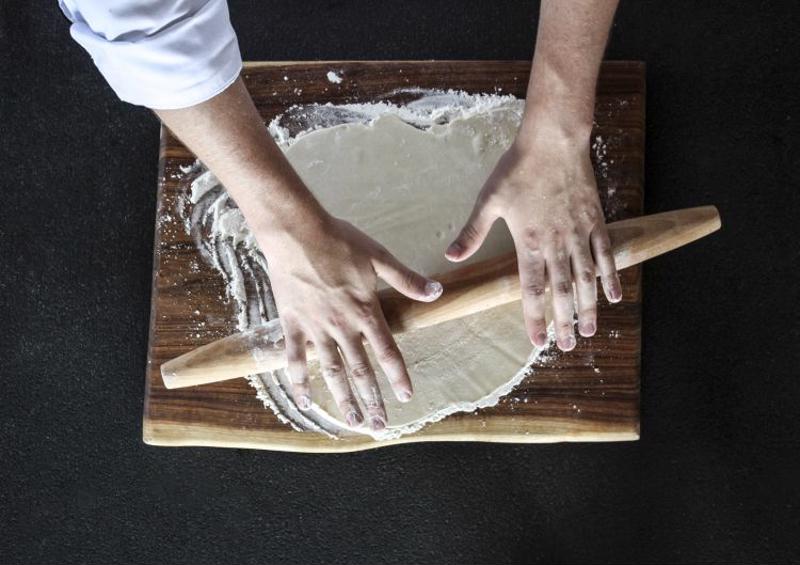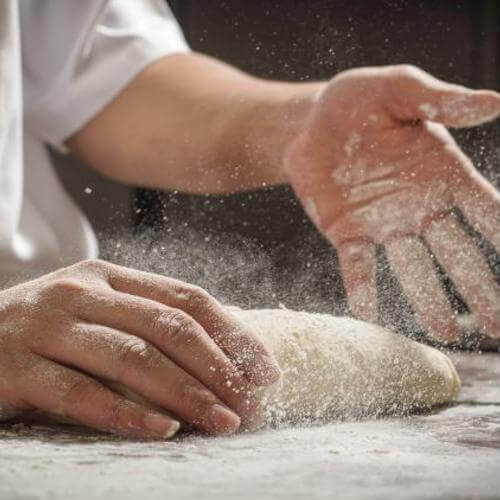5 ways your baking might be going wrong

If you’re passionate about the baking and pastry arts, it can be extremely frustrating when your latest masterpiece does not fulfill your expectations. Making the perfect cake, cookies or pie requires careful preparation and attention. Still, even with your best efforts, something can go awry.
As you’re gearing up for your next project, keep these common issues in mind. By taking the right precautions, you may be able to stop a baking disaster before it happens.
1. The ingredients are still cold
“Most baking recipes call for using room temperature ingredients.”
Most baking recipes call for using room temperature ingredients. Unfortunately, it’s all too easy to mess up this simple direction when you’re in a rush to get a dessert into the oven. You pull the eggs, butter and milk out of the refrigerator and just don’t wait long enough for them to warm up, which can have serious consequences for your final results.
For instance, when you’re making cookies, you mix sugar with room temperature butter. As Reader’s Digest explained, this process creates air pockets in the softened butter, allowing room for the baking powder you add later to expand and ultimately leading to a fluffy texture. Using cold butter will result in a denser, less enjoyable product. Be patient, and don’t try to rush things along with the microwave, which will leave with you with partly melted – not room temperature – butter.
2. Your measurements are off
Anyone with experience in cooking knows certain recipes where eyeballing the ingredients is enough. In many dishes, one shake of salt or pinch of spice more or less will not have a huge impact on the outcome. Baking is not so forgiving, and there are a number of ways that you can make an error with your measurements.
Be sure you are using liquid and dry measuring cups for the appropriate ingredients, or, for even greater accuracy, opt for a scale instead. Precisely measuring crucial elements like flour or granulated sugar can go a long way to ensure your baked goods come out with the proper flavor and texture. Make certain you are also completing directions in the proper order: Measuring out nuts and then chopping them will result in a much smaller quantity than scooping out nuts that have already been chopped.
3. You didn’t sift
Many novice bakers think that sifting is unimportant extra step, but they’re wrong. If you want to make tender treats that rise evenly, then aerating dry ingredients like flour and powdered sugar is crucial. If you don’t have a sifter or want to speed up the process, a fine-mesh sieve or whisk can also do the job.
 Careful attention to directions will help you avoid common baking mistakes.
Careful attention to directions will help you avoid common baking mistakes.4. You’re using the wrong pans
Substituting one pan for another may not seem like a big deal, but it often makes a serious difference in how an item bakes. If you use a tin that’s too big or too small, it may change the required cooking time, leaving you with a confection that’s either burned or undercooked.
Further, not all pans are created equal. Bon Appetit pointed out that darker pans tend to absorb heat faster than lighter ones. That can mean a cake comes out crispy on the edges and hardly baked at all in the center. Lighter colored, heavy-duty aluminum pans are generally the way to go.
5. You open the oven door too often
If you care about your baked goods, you may feel motivated to check on them during the cooking process and anxious for them to finish. However, swinging the oven door open to give your cookies a look can quickly become counterproductive, causing huge ups and downs in the temperature. Rotating the pan occasionally is a good idea, but restrain yourself from testing for doneness too early or too frequently.


